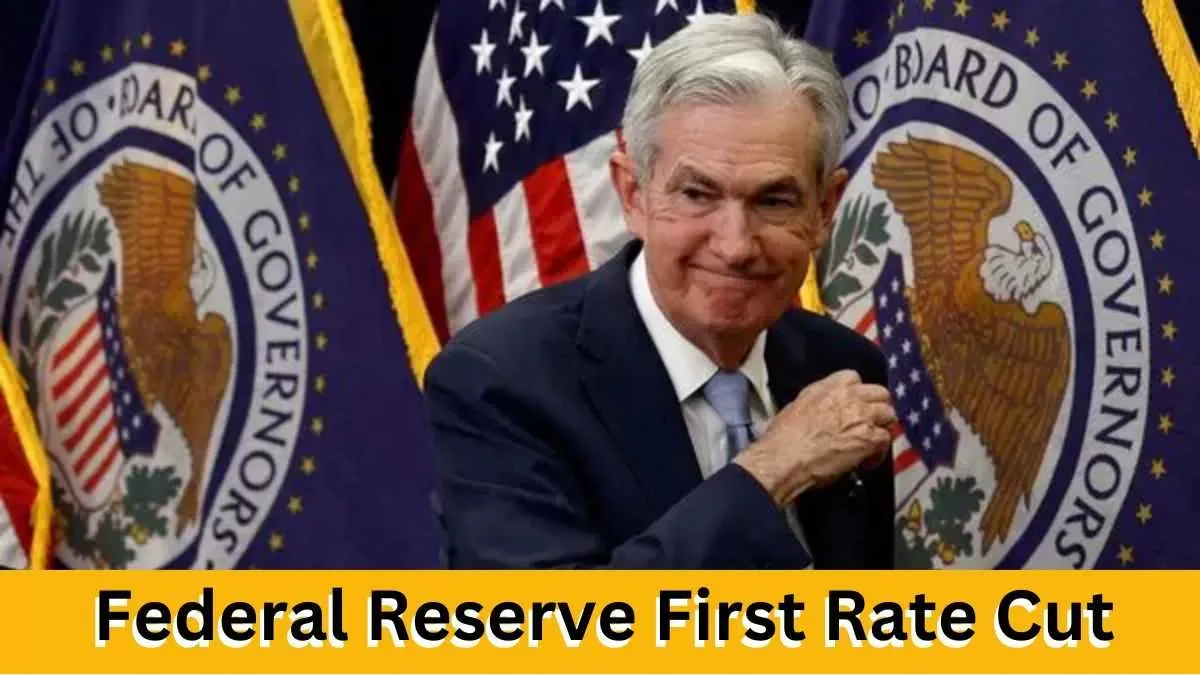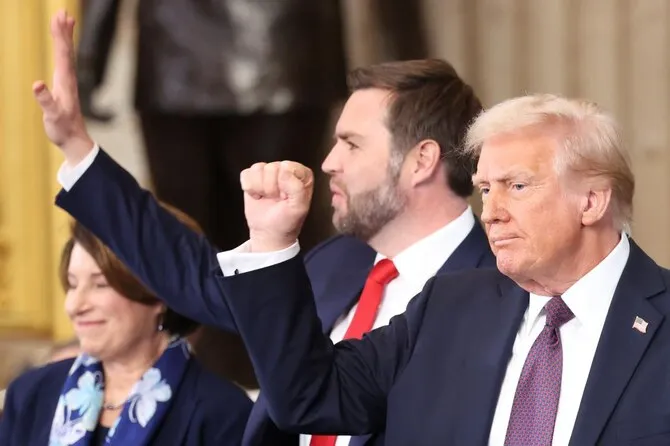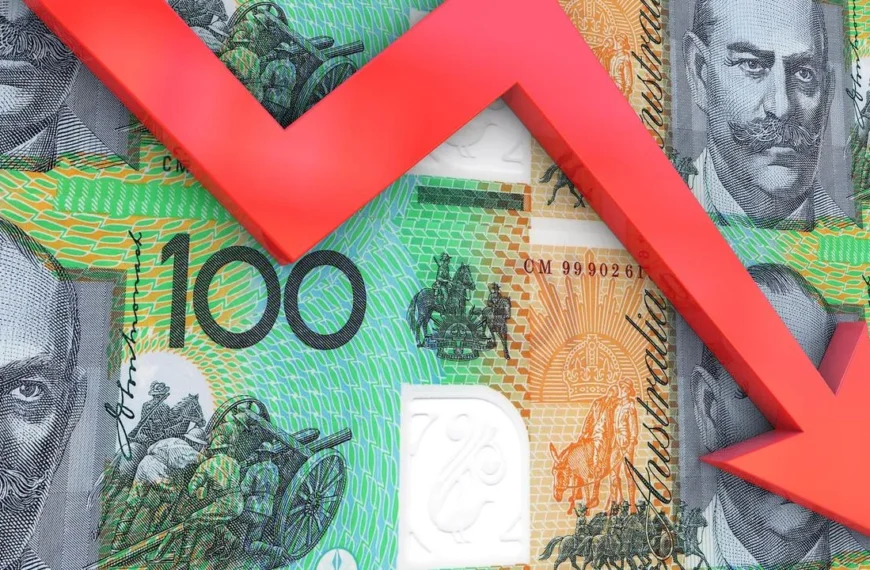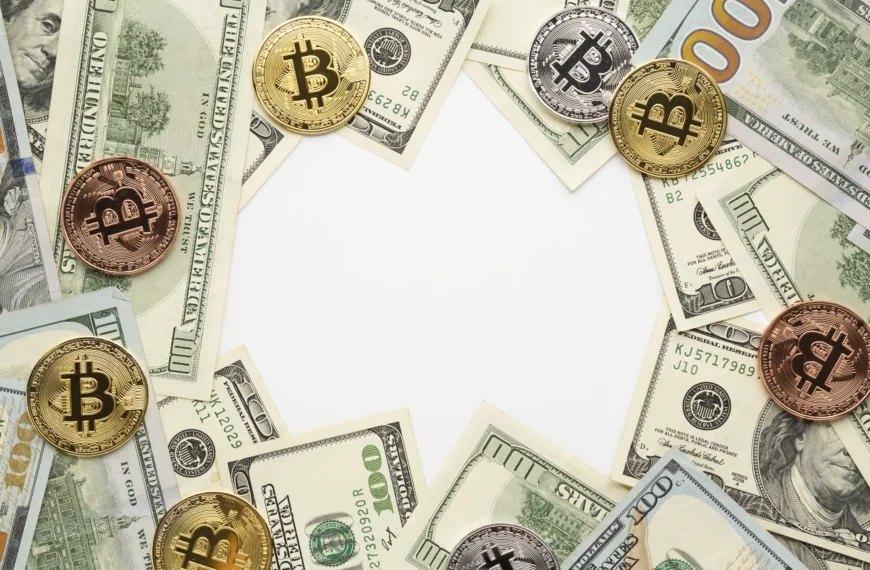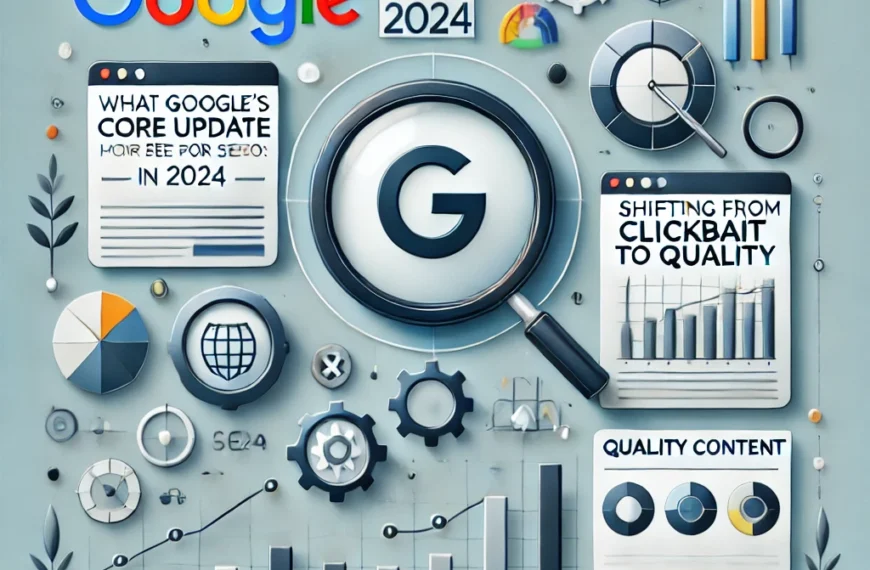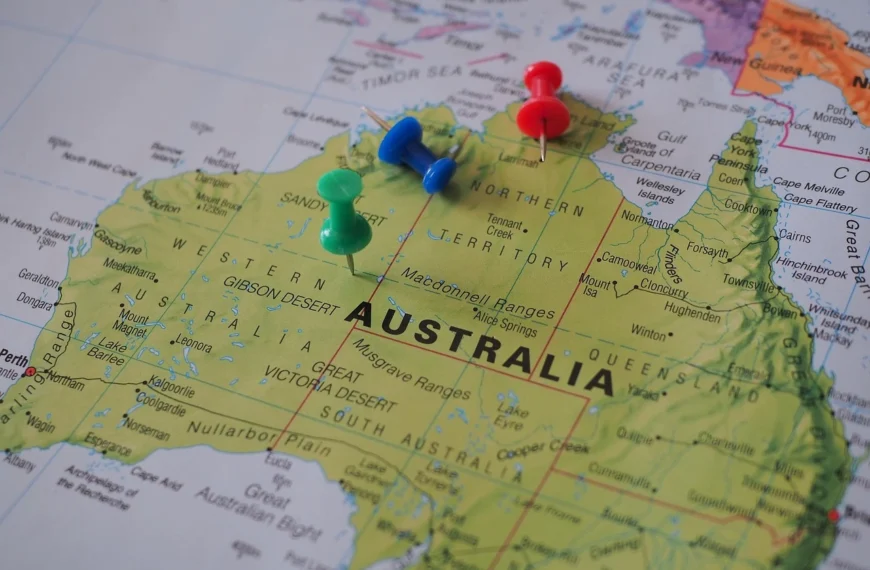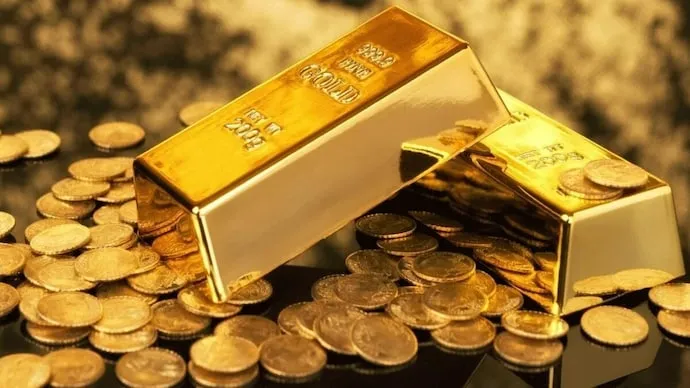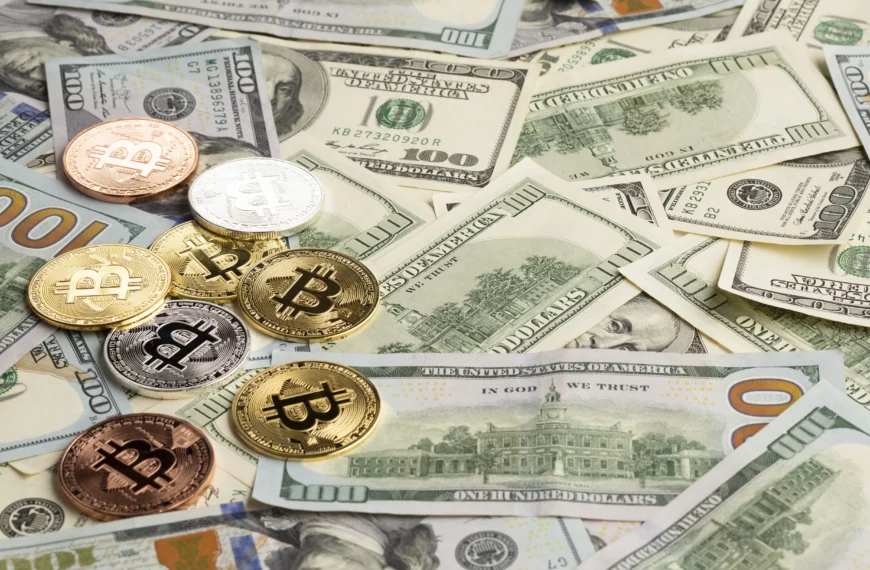‘It was the season of surprises, and the Federal Reserve delivered a stocking stuffer that’s got everyone talking. The Fed has trimmed its key interest rate by 0.25 percentage points, sliding into a range of 4.25% to 4.5%. This is the third consecutive cut, signaling a clear intention to stimulate the economy and boost job creation.
But hold your holiday cheers—in a twist, the Fed has also revised its 2025 projections. Instead of the previously anticipated four rate cuts, we’re now looking at just two quarter-point reductions. It seems the Fed’s Santa-like generosity is tempered by a Grinch-like caution.
Table of Contents
The Shift in Projections: From Four Cuts to Two
Let’s talk about this plot twist. The Fed’s decision to dial back its 2025 rate cuts reflects a more measured approach to monetary policy. The original plan for four cuts sounded like a New Year’s resolution made on January 1st: ambitious and optimistic. Now, with inflation still playing the role of party crasher, the Fed’s trimmed-down plan seems like a more realistic adjustment.
For investors, fewer rate cuts mean one thing: interest rates might stay higher for longer. That’s bad news for those hoping for a cheaper borrowing environment, but it’s also a sign that the Fed prioritizes long-term economic stability over quick fixes.
Inflation Woes: Why 2% Still Matters
Ah, inflation. It’s the persistent guest at the Fed’s party who refuses to leave. The Fed’s commitment to a 2% inflation target isn’t just a random number; it’s the sweet spot that ensures stable prices and sustainable growth.

Currently, inflation remains stubbornly above this target, forcing the Fed to tread carefully. Fed Chair Jerome Powell made it clear that bringing inflation back to 2% is priority number one. Think of it as the Fed’s equivalent of hitting the gym in January—determined and (hopefully) disciplined.
Stimulating Growth vs. Containing Inflation: The Fed’s Dilemma
Balancing economic growth and inflation control is like walking a tightrope while juggling flaming torches. The Fed’s rate cuts aim to stimulate growth, but cutting too much could send inflation soaring again.
You May Also Read: Trump Declares War on Illegal Immigration: National Emergency Explained
By scaling back the number of projected cuts, the Fed is signaling a cautious stance. It’s like saying, “Sure, we’ll loosen the reins a bit, but don’t go buying that mansion on a whim just yet.” The goal is to keep the economy humming without letting it overheat—a delicate dance that investors are watching closely.
Could Rate Hikes Return in 2025? Powell’s Perspective
Here’s where things get spicy. Powell didn’t entirely rule out the possibility of rate hikes in 2025. While unlikely, he left the door slightly ajar, saying it would depend on economic conditions.
Translation? If inflation proves to be as stubborn as a toddler refusing broccoli, the Fed might have to tighten the screws again. For now, though, rate hikes are more of a “what if” scenario rather than a concrete plan.
Investor Takeaways: How to Adapt Your Portfolio for 2025
Investors, it’s time to strategize. Here’s how you can adapt:
- Stay Diversified: Don’t put all your eggs in one basket. A mix of equities, bonds, and alternative assets can help weather rate-related volatility.
- Focus on Quality Stocks: Companies with strong fundamentals and low debt are better equipped to thrive in a high-interest-rate environment.
- Look at Fixed Income: Higher rates mean better returns on bonds and other fixed-income instruments. Consider adding these to your portfolio.
- Monitor Inflation-Sensitive Assets: Real estate and commodities like gold might shine if inflation remains persistent.
The Global Ripple Effect: What It Means for International Markets
The Fed’s policies don’t just stop at U.S. borders. A strengthened dollar and rising Treasury yields could have ripple effects worldwide. Emerging markets, in particular, might feel the pinch as capital flows back to the U.S., driven by higher yields.

Meanwhile, global trade could face headwinds if slower U.S. growth affects demand. Central banks around the world will likely watch the Fed’s moves closely, adjusting their policies in response.
In Conclusion
The Fed’s latest moves signal a cautious, deliberate approach to steering the economy through uncertain waters. For investors, it’s a reminder to stay informed and nimble. Whether you’re bullish, bearish, or somewhere in between, one thing is clear: 2025 is shaping up to be a year of careful recalibration.
So, what’s your take on the Fed’s holiday surprise? Are you bracing for impact, or are you ready to roll with the changes?
